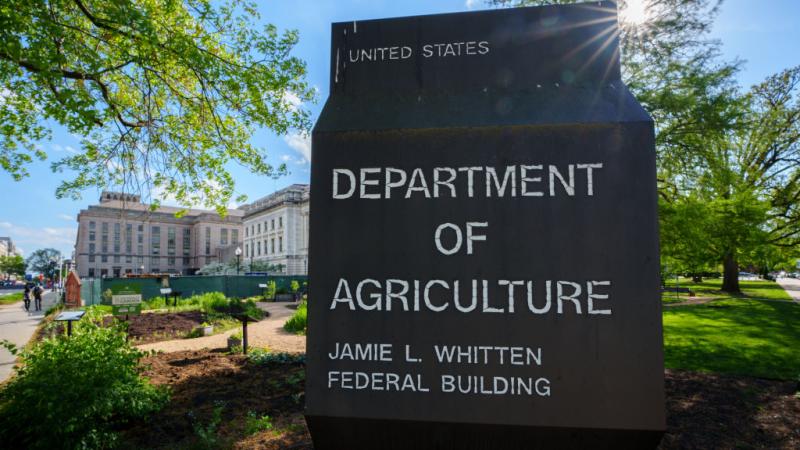$8.5 billion to highway, rainy day funds financed by Texas oil, gas industry
The two funds normally receive the same amount of money from Texas oil and natural gas industry taxes. However, because another general revenue surplus was recorded at the end of fiscal 2023 – after the industry paid record-breaking amounts in taxes – the Rainy Day Fund received $2.41 billion more because of constitutional requirements.
About $8.5 billion was deposited into two key state funds that wouldn’t exist without oil and natural gas production tax revenue, according to state data.
Texas Comptroller Glenn Hegar announced that his office transferred $3.06 billion into the State Highway Fund (SHF) and $5.46 billion to the Economic Stabilization Fund, otherwise known as the Rainy Day Fund.
The two funds normally receive the same amount of money from Texas oil and natural gas industry taxes. However, because another general revenue surplus was recorded at the end of fiscal 2023 – after the industry paid record-breaking amounts in taxes – the Rainy Day Fund received $2.41 billion more because of constitutional requirements.
“The strong Texas economy and judicious budgeting by lawmakers netted a surplus that, for the first time in more than a decade, allows us to set aside an additional bucket of money to ensure we are able to weather future downturns,” Hegar said. “The Rainy Day and State Highway funds are tremendous assets for the taxpayers of Texas and help provide the foundation needed for the future of this great state.”
The combined $6.11 billion severance tax transferred to the Rainy Day Fund and SHF are based on crude oil and natural gas production tax revenues in excess of 1987 collections, in accordance with state constitutional requirements. If either tax generates more revenue than the 1987 threshold, an amount equal to 75% of the excess is transferred, the comptroller said.
In November 2014, voters passed a constitutional amendment requiring at least half of these severance taxes to be allocated to the Rainy Day Fund. The remainder is required to be allocated to the SHF to be used for non-toll highway construction, maintenance and right-of-way acquisition. Additionally, the Texas Constitution provides for a second transfer to the Rainy Day Fund equal to one-half of any unencumbered general revenue surplus at the end of each biennium. This year, an additional transfer of $2.41 billion of unobligated general revenue fund dollars went to the Rainy Day Fund, the comptroller said. The last time such a transfer occurred was in 2008.
Oil and natural gas tax revenue must be transferred to both funds within 90 days after the end of the fiscal year ending Aug. 31, according to the constitution.
At the end of fiscal 2023, the Rainy Day Fund balance was $14.17 billion. With the most recent transfers, its new balance is roughly $19.63 billion. The balance will change, the comptroller said, “as agencies spend down the remaining appropriation authority and investment earnings are realized.”
The Rainy Day Fund, “which is almost entirely funded by oil and natural gas severance taxes, was created for the purpose of stabilizing state revenue fluctuations,” Ed Longanecker, president of the Texas Independent Producers & Royalty Owners, told The Center Square. “Historically, the fund has been tapped more than 100 times for a variety of purposes, including public education, closing shortfalls in Medicaid, to assist in the financing of priority projects in the state water plan, disaster recovery, for economic development and health and human services, among other priority areas.” He said it’s “been a critically important funding source for our state, all fueled by the Texas oil and natural gas industry.”
Todd Staples, president of the Texas Oil & Gas Association, told The Center Square the transfer of $6 billion to the funds as “a direct result of oil and natural gas production, is welcome news. All Texans benefit from a robust economy anchored by the oil and natural gas industry, regardless of their zip code,” he said. “In addition to being a major contributor to these Funds, revenues to state and local governments from oil and natural gas activity help fund Texas schools, universities, public safety, and the state’s general budget.”
He pointed out that last year, the Texas oil and natural gas industry paid a “record breaking $24.7 billion in state and local taxes and state royalties – by far the highest total in Texas history – shattering the previous record of just over $16 billion set in 2019 by 54%.”
What many Texans may not realize, Texas Railroad Commission Chairwoman Christi Craddick said, is the “Texas’ oil and gas industry is helping to power our state’s economy, build roads, and increase our fiscal strength.”
The Texas Railroad Commission, Texas’ oldest regulatory agency founded in 1891, was initially created to oversee the railroad industry. Now it oversees the $7 trillion Texas energy industry in the largest energy-producing state in the country.
As a member of the RRC for over a decade, “I know that our conservative and predictable regulations are ensuring the safe and responsible energy production needed to unleash economic opportunity while protecting our natural resources,” Craddick told The Center Square. “The strength of this industry is directly tied to the strength of our state and our nation.”
At a recent TIPRO, RRC commissioner Wayne Christian pointed out that 80% of the world’s energy is produced by fossil fuels, which helped reduce extreme poverty by 32% from 1980 to 2020. Climate-related deaths are down by 98% in the last century because of improved technologies made possible by the industry, he said. With Texas leading the U.S. in energy production and exporting record volumes of crude oil and liquified natural gas worldwide, he maintains, “The only hope for the free world right now is Texas.”
















